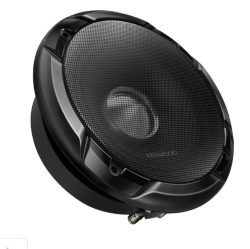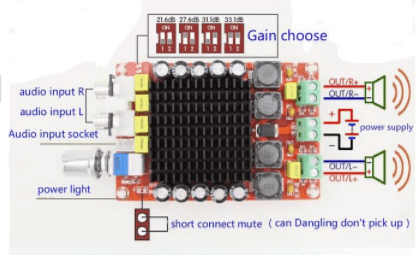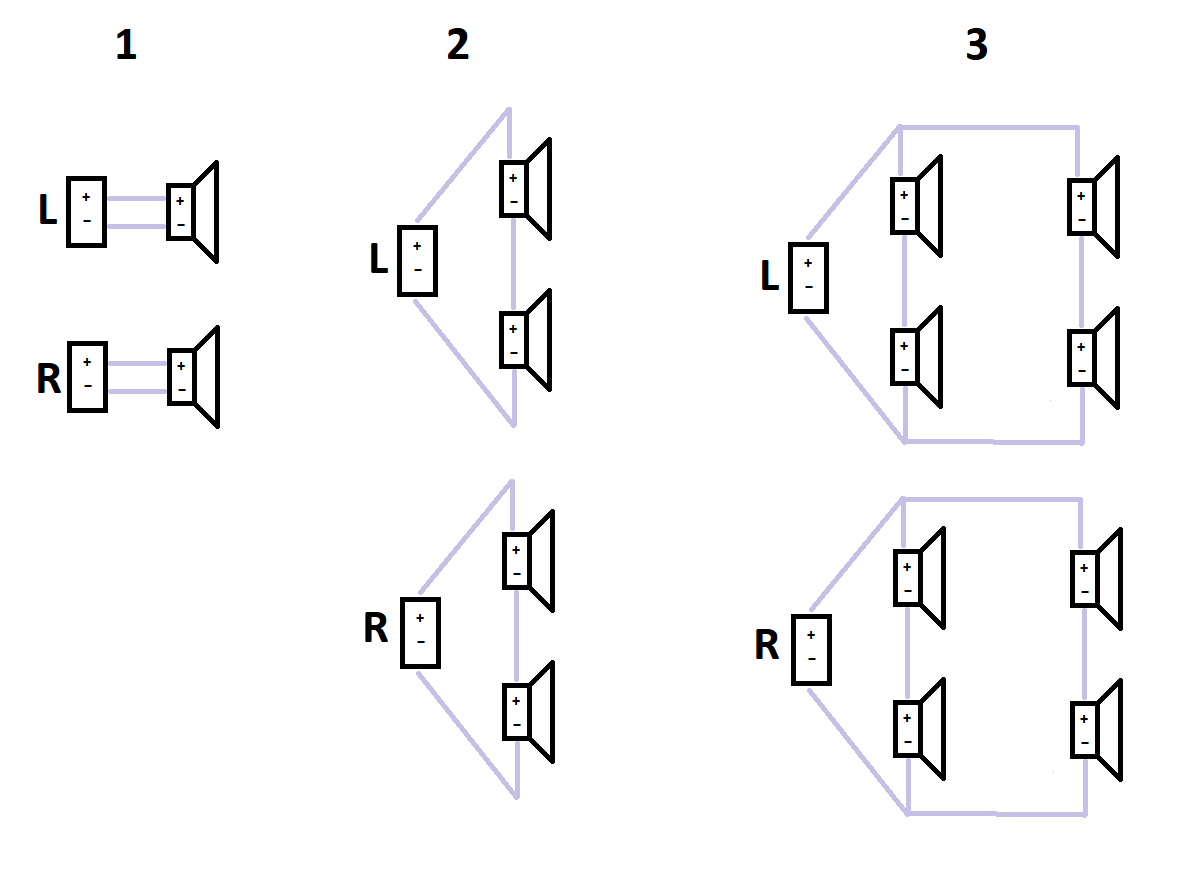Connection of sound systems
There are given different options of sound systems connection.
Amplifier and passive speakers
Amplifier
Module, chosen for amplifier, is based on chip TDA7498:
Specification:
Input voltage: DC14-32V Output power: 100W x 2 Output resistanse: 4-8Ohm Lines type: D type Chip: TDA7498 Harmonic ratio: PO = 1 Wt/0.05% Frequency range: 18-100 kHz(?)Switching frequency: 360 kHz Signal/noise ratio: 110dB Measures: 96x64x25mm Output power: 100W + 100W (VCC+32V, RL=4Ohm, thd=10%) Use of an differentiated input for noise reducing of common mode. Has fault pattern and silent(noiseless) mode, intelligent protection features and overheat protection function
Speakers
As a speakers there are used simple car speakers:
Specifications:
Rating (nominal)power: >50W Max power: >300W Frequency range: 50Hz-5kHz Impendance: 4Ohm
General scheme of module connection
As a power supply there is used an ACDC source with specifications:
Output voltage: 24V Power: at least 200W considering, that declared power is generated at 32V, in our case (24V) amplifier power will not be 100W for a channel, it will be a bit lesser.
To connect an amplifier with output of audio devices, such as a phone, raspberry pi or sound card, it is necessary to additionally buy cable-adapter minijack(m)-RCA(m):
Speakers connection options
We offer 3 options of speakers connection:
Option-1. Two speakers are connected with an amplifier, each one is connected individually (separate channels). In that case, every speaker will be supplied with maximum power. Attention! To connect two speakers, nominal power of every speaker should be more (not less), than 100W.
Option-2. Two speakers are connected series to every channel. Under this scheme the power of the amplifier will fall twice as the total current sink resistance of the channel will be 80hm, but not 40hm as it is declared.
Option-3. Four speakers are connected series-parallel to every channel. It allows to take the maximum power from the amplifier and provide the maximum sound coverage.




